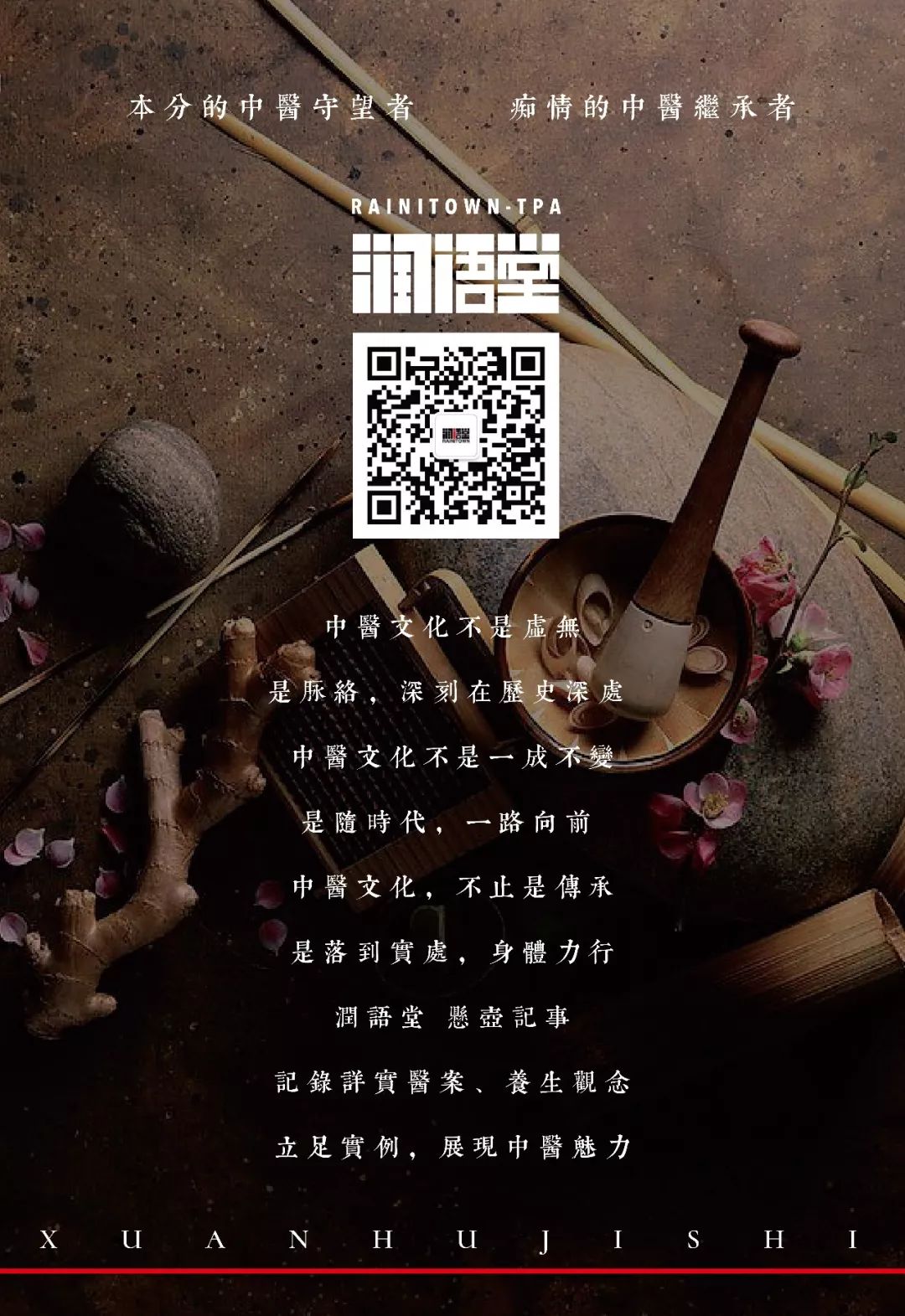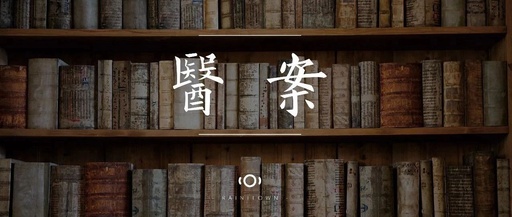
On December 9, 2021, the patient, Ms. Zhang, a 44-year-old female, has suffered from insomnia for fifteen years, relying on sleeping pills daily. She sought treatment at the clinic of a TCM practitioner through a friend’s recommendation. The patient presented with a sallow complexion, palpitations, dizziness, irritability, abdominal distension, poor appetite, lower abdominal heaviness, and lumbar pain. Western medical examinations revealed breast nodules, thyroid nodules, and uterine fibroids. The pulse was wiry and slippery, and the tongue coating was white and greasy.
Diagnosis: Phlegm accumulation and stagnation syndrome.
Treatment Method: Move Qi, disperse stagnation, and calm the spirit.
Procedure: Using the Yi Medicine acupuncture technique, points selected included Zhongwan (中脘), Xiawan (下脘), Qihai (气海), Guanyuan (关元), Qimen (期门), Zhangmen (章门), Neiguan (内关), Shenmen (神门), Qixue (气穴), Zusanli (足三里), Sanyinjiao (三阴交), Taixi (太溪), Taichong (太冲), and Zuli (足临涕). The treatment lasted forty minutes, with instructions for treatment every other day and a gradual reduction of sleeping pills. After ten continuous treatments, the patient reported feeling normal and no longer dependent on medication. Due to work and other reasons, treatment was intermittent. On March 18, 2022, the practitioner returned home before the Qingming Festival and received a message of gratitude from the patient via WeChat, confirming her recovery.

Practitioner’s Note: Insomnia, referred to in TCM as “Bu Mei” (不寐), is characterized by the inability to achieve normal sleep. The etiology and pathogenesis have been discussed previously and will not be elaborated here.
According to the treatment principles of distinguishing between deficiency and excess, the treatment should focus on tonifying deficiency and draining excess, as well as adjusting the Yin and Yang of the organs. This patient belongs to the phlegm accumulation and stagnation syndrome, which is classified as an excess syndrome. However, due to the long duration of the illness, there is also a deficiency component, indicating a mixed syndrome of deficiency and excess. While moving Qi and dispersing stagnation, it is also necessary to tonify Qi, nourish blood, and calm the spirit. In this complex case, the practitioner achieved effective results using the method of tonifying deficiency and draining excess.


